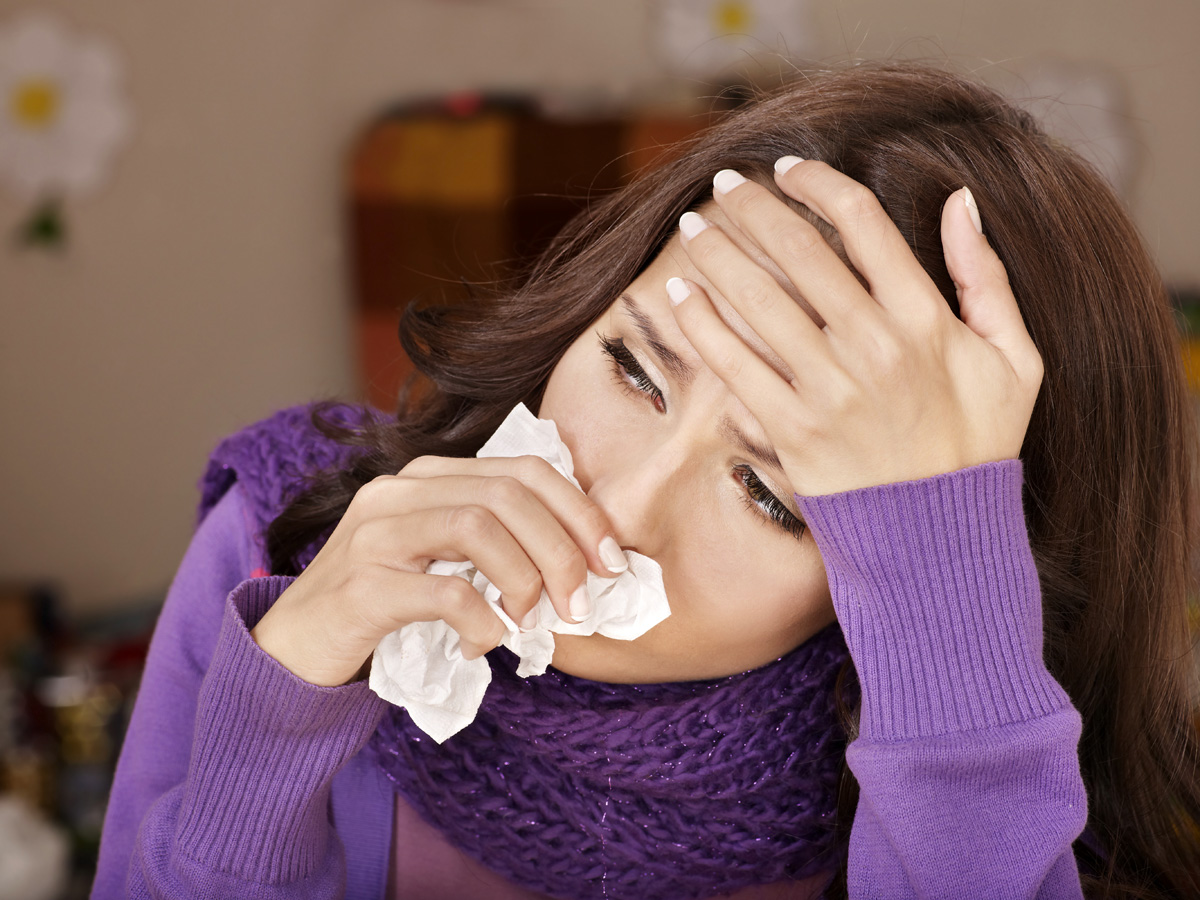
Pack a school lunch they won’t want to trade

How to tackle household chores quickly this fall
Sneezing, stuffiness, a runny nose – these symptoms don’t always indicate a cold. They also can be hallmarks of hay fever for one in five Americans who suffer from seasonal allergies.
Despite its misleading name, the allergic reaction is, in fact, rarely triggered by hay. The myth dates back to the 1800s when British doctors discovered that people exposed to cut hay or grass resulted in sneezing and itching, producing nervousness, which was referred to as a “fever.” Thus, the term hay fever was coined.
Hay fever, also called allergic rhinitis, causes cold-like signs and symptoms, such as itching of the nose, roof of the mouth, throat, eyes and ears, along with watery eyes, runny nose, congestion and sneezing. Unlike a cold, hay fever isn’t caused by a virus; it is caused by an allergic response to outdoor or indoor allergens, such as mold, trees, pollen and pet dander.
Hay fever, which affects an estimated 60 million people of all ages in the United States, can drastically disrupt a person’s daily routine, and is a nuisance both personally and professionally. Whether allergies are year-round or seasonal, learning how to manage the symptoms can be vital to restoring comfort and quality of life.
This condition can also be expensive to control. According to the American Academy of Allergy, Asthma and Immunology, from 2000 to 2005, the cost of treating allergic rhinitis nearly doubled from $6.1 billion to $11.2 billion. More than half of that was spent on prescription and over-the-counter medications. Experts often recommend patients purchase store-brand, over-the-counter medicines as an effective means of managing both the condition and its associated costs.
“There are a number of very effective over-the-counter treatments to address the symptoms of seasonal allergies,” says Dr. William Berger, professor of allergy and immunology at the University of California, Irvine. “To help patients save money, I would recommend many of the store-brand non-sedating antihistamines, such as Cetirizine or Loratadine, which are sold at leading retailers and pharmacies. These medications have the same efficacy as national brands and meet or exceed FDA quality standards, but cost significantly less than the brand names.”
Consumers can expect to save, on average, 36 percent when they purchase store-brands. This is according to Perrigo, a Michigan-based pharmaceutical company that manufactures and distributes most of the over-the-counter medications found under store-brand labels at leading retailers, grocers, club stores and pharmacies.
According to Dr. Berger, who runs an allergy practice in Mission Viejo, Calif., many allergy sufferers may also find better relief of their symptoms by trying one of these newer, more effective treatments now available in the aisle, like Fexofenadine, which switched from prescription to over-the-counter last year.
“Even if it isn’t the hay that people are actually allergic to, it doesn’t make ‘hay fever’ any less miserable for those dealing with it. Effective management with medicines, ideally before the symptoms start, is key,” he says.
You can find more information about the symptoms and treatments for allergic rhinitis at the American Academy of Allergy, Asthma and Immunology (www.aaaai.org), or the American College of Allergy, Asthma and Immunology (www.acaai.org).

